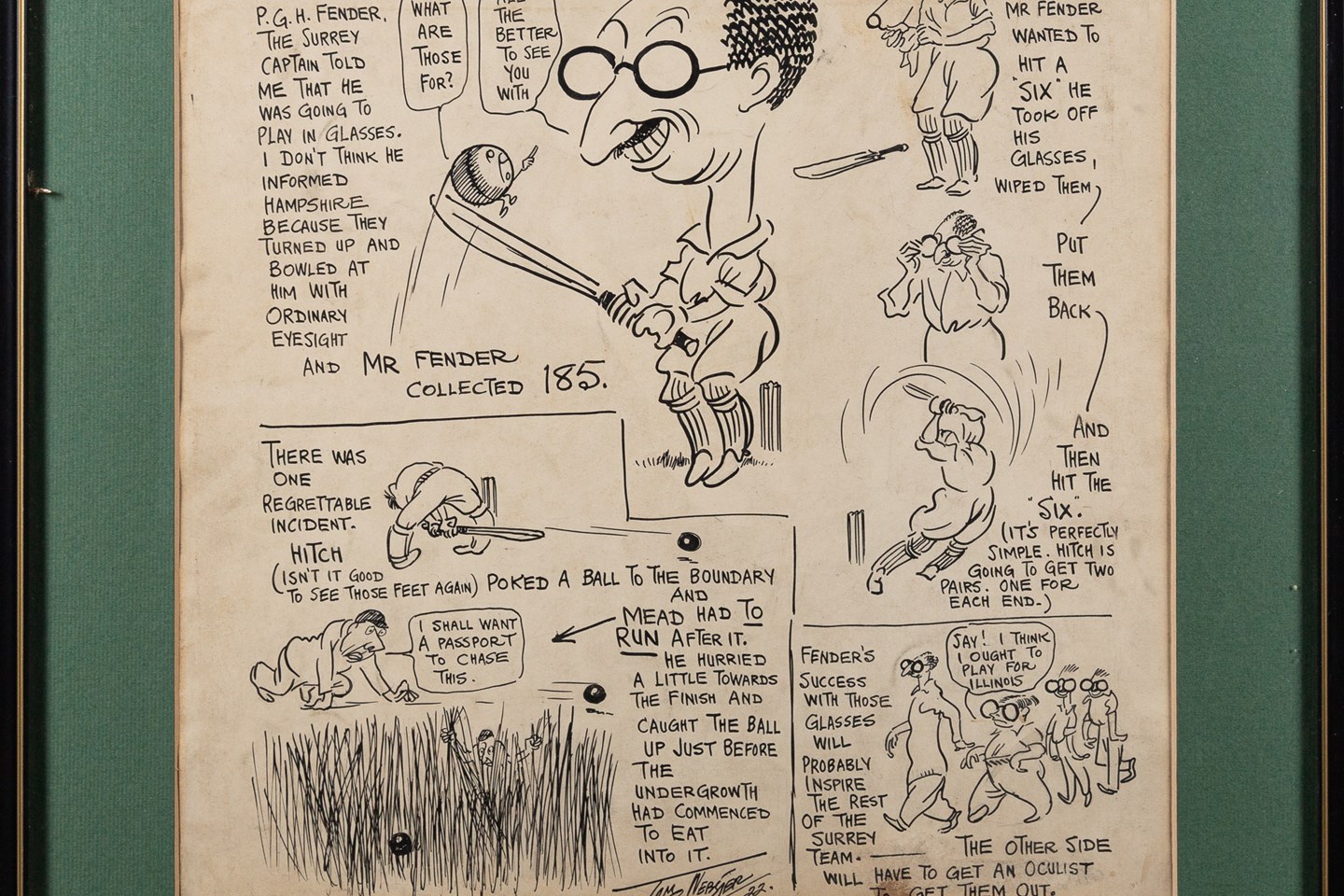It was the mid 17th century before glass was really considered as a useful medium to drink from - before this period the English drank from a variety of metal, wooden and leather vessels – this led to a contemporary French source suggesting that ‘we were wont to drink from our boots’. I wonder which troubled mind was the first to consider melting sand with a flux and various chunks of vegetable matter – it all seems a bit arbitrary to me?
Whilst the variation in the shape of the foot and the bowl of an antique wine glass can seem infinite it is the form of the stem that is generally used to age a glass. Dating from the late 17th century the first generic type of English antique wine glass is known as the baluster and tends to have a heavy stem with large bead like swellings known as knops. Excise duty on glass during the 1740’s led to a stem that although similar in form was thinner and often had decorative bubbles within them these required less material and are often referred to as balustroids or lighter balusters. Although more delicate than their counterparts it was suggested in a clever piece of marketing that they were designed to allow gouty fingers a good anchorage!
Perhaps the most technically beautiful forms of antique wine glass were the airtwist - popular from the mid century and the opaque twist stem in the 1760’s and 70’s. Although produced with straight and knopped stems they literally enclosed an intricate spiral of air or fine spiralling webs of predominantly white glass.
The Excise Act of 1777 doubled the tax on glass and so the only way open for makers of antique wine glasses to further reduce the volume of glass in a stem was to shave off tiny diamond shaped slithers to produce a faceted stem.
I am in utmost admiration of the latent beauty of an antique wine glass and how fit for purpose it is, but what perplexes me more than anything is considering their age and delicacy and that their sole purpose was to transport intoxicating liquor to eager lips. How in the devil did so many survive?




